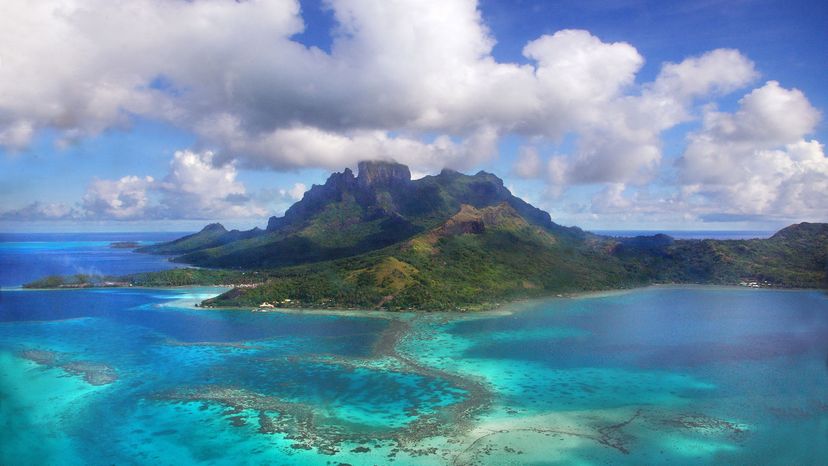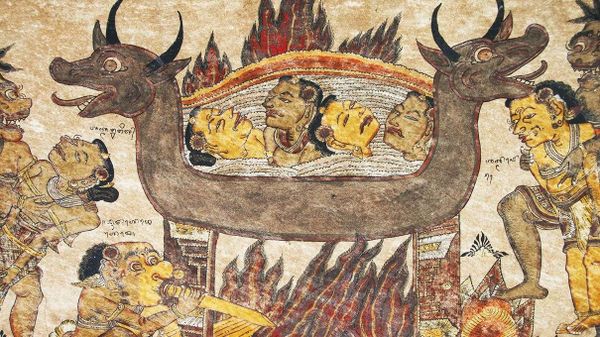
Oceania isn't a mythical underwater world like the lost city of Atlantis. Instead, it's a real place, resting in the immensity of the Pacific Ocean. If you've ever spent time in Australia or New Zealand, you were in Oceania, but that's just the beginning. This unimaginably vast region stretches on for many more miles, often just bits of dry land peeking out of the great blue ocean. Here are nine things to know about it.
Advertisement


